Tout d'abord, définissons le terme durable.
Durable est la capacité de quelque chose à être maintenu à un certain rythme ou niveau sur une période de temps. Selon les Nations Unies, il existe trois piliers communs lors de l'examen de la durabilité de quelque chose.- Durabilité environnementale
- Durabilité économique
- Durabilité sociale
Comment le collagène marin est-il durable ?
Avant de commencer, un petit rappel : nous ne pouvons parler que de la durabilité et des pratiques que nous utilisons ici chez Sproos. Ce n'est pas parce que nous faisons quelque chose que toutes les marques font la même chose ! Entrons dans le vif du sujet.Approvisionnement + Processus d'extraction du collagène
Nous nous approvisionnons en collagène marin à partir de morue, de colin et d'aiglefin sauvages pêchés de manière durable dans l'océan Atlantique Nord (entre le nord-est du Canada et le nord de l'Europe). La peau et les écailles sont utilisées pour créer le collagène, subissant un processus appelé hydrolyse. Ce processus utilise la chaleur, l'eau et un acide de qualité alimentaire pour décomposer les écailles et la peau afin d'extraire les peptides de collagène.
Il est important de noter que les peaux et les écailles de ces poissons seraient autrement jetées si elles n'étaient pas utilisées dans nos produits. Cette pratique est plus durable que de pêcher des poissons uniquement dans le but de fabriquer du collagène. De nombreuses parties du poisson sont utilisées, ce qui réduit les déchets ayant un impact environnemental négatif.
Impact environnemental
Comme une grande partie des poissons utilisés dans notre collagène marin provient du Canada, ces pêcheries sont légalement tenues de suivre les pratiques établies par Pêches et Océans Canada (également appelé le MPO). Le MPO a défini des exigences concernant les pratiques durables qui doivent être respectées par tous les acteurs de l'industrie de la pêche et de l'océan au Canada. Ces réglementations incluent l'évitement des poissons ou autres espèces aquatiques en danger ou menacées de le devenir. Elles comprennent également l'établissement de programmes de conservation marine et la fixation de limites de pêche et de récolte sur les espèces aquatiques.
Saviez-vous qu'il existe en fait une limite au nombre de poissons pouvant être pêchés chaque année dans les eaux canadiennes ? C'est exact. Sur la base de divers calculs, les scientifiques ont pu déterminer combien de poissons de chaque espèce peuvent être pêchés chaque année. De plus, le MPO a également des directives concernant la manière de pêcher ces poissons. Par exemple, une récente initiative a été mise en place pour réduire le bruit sous-marin. Le bruit sous-marin causé par la pêche commerciale peut être stressant pour les animaux marins. Le bruit peut réduire leur capacité à se déplacer, communiquer et trouver de la nourriture. Ainsi, le MPO travaille avec l'industrie pour minimiser le bruit autant que possible. Cela vise à garantir que notre impact sur les écosystèmes aquatiques soit aussi faible que possible, favorisant ainsi une pratique durable.
Impact économique et social
Le Canada possède la plus longue côte et la plus grande source d'eau douce au monde. Pour cette raison, il est impératif que toutes les pratiques entourant les poissons et autres espèces marines soient aussi durables que possible. Cependant, la durabilité environnementale n'est qu'une partie de ce qui doit être pris en compte lorsqu'on se demande si le collagène marin est durable.
L'industrie de la pêche au Canada fournit des milliers d'emplois et a un énorme impact économique sur l'économie canadienne. Ici chez Sproos, nous avons choisi un fabricant de collagène situé sur la côte est du Canada. Nous voulions nous assurer que l'installation choisie contribue de manière significative à la durabilité économique de l'industrie du collagène. De plus, l'installation est très professionnelle et crée un bon environnement de travail pour ses employés.
Pour récapituler...
Tous les aspects de la durabilité sont fortement interconnectés. Et chez Sproos, nous voulons nous assurer que les produits que nous fabriquons sont toujours aussi durables que possible. C'est pourquoi notre collagène marin utilise la peau et les écailles de poissons qui seraient autrement jetées, contribuant ainsi à sa durabilité environnementale. Nous avons choisi de fabriquer notre collagène marin au Canada dans une installation qui utilise des pratiques sûres et professionnelles, contribuant à la fois à la durabilité sociale et économique du produit.
En savoir plus sur ce qui rend notre collagène marin si spécial et unique ici.
Nous essayons toujours d'améliorer nos produits et nos pratiques pour garantir le plus haut niveau de durabilité possible. Au fur et à mesure que la recherche évolue, nous continuons à en apprendre davantage sur la durabilité et l'importance qu'elle joue dans l'environnement, l'économie et la société.
Sources
- Asche, F., Garlock, T. M., Anderson, J. L., Bush, S. R., Smith, M. D., Anderson, C. M., Chu, J., Garrett, K. A., Lem, A., Lorenzen, K., Oglend, A., Tveteras, S., & Vannuccini, S. (2018). Trois piliers de la durabilité dans les pêcheries. Proceedings of the National Academy of Sciences, 115(44), 11221–11225.
- Gouvernement du Canada, P. et O. C. (n.d.-a). Atténuer les impacts du bruit océanique.
- Gouvernement du Canada, P. et O. C. (n.d.-b). Développement durable | Conseil économique et social.
- Gouvernement du Canada, P. et O. C. (2011, 15 mars). Poissons et fruits de mer durables.
Allison Gonzalez
Spécialiste marketing chez Sproos
Allison a récemment obtenu une maîtrise en sciences de la santé humaine et des sciences nutritionnelles de l'Université de Guelph. Elle est passionnée par tout ce qui touche à la santé et au bien-être, et aime enseigner aux autres l'impact que l'alimentation et la nutrition ont sur la vie quotidienne. Pendant son temps libre, elle adore faire de longues courses, prendre un café avec des amis et passer du temps à la plage (quand il ne fait pas froid !).


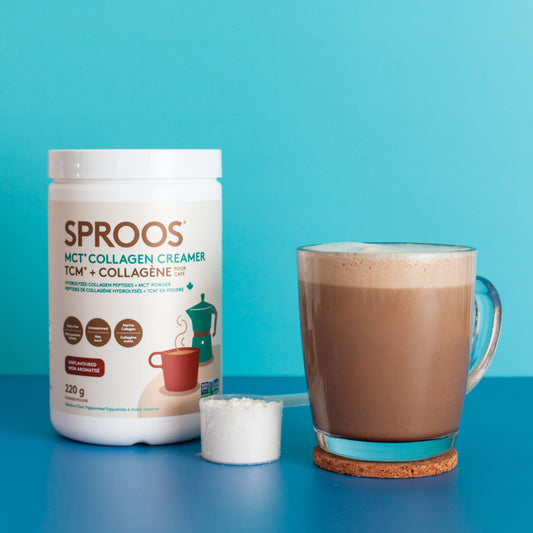



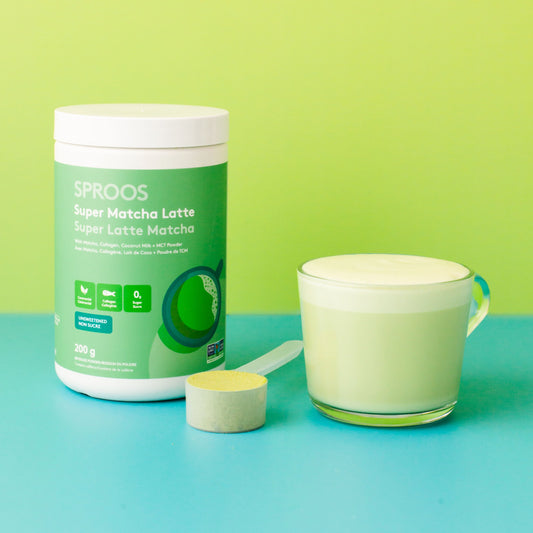
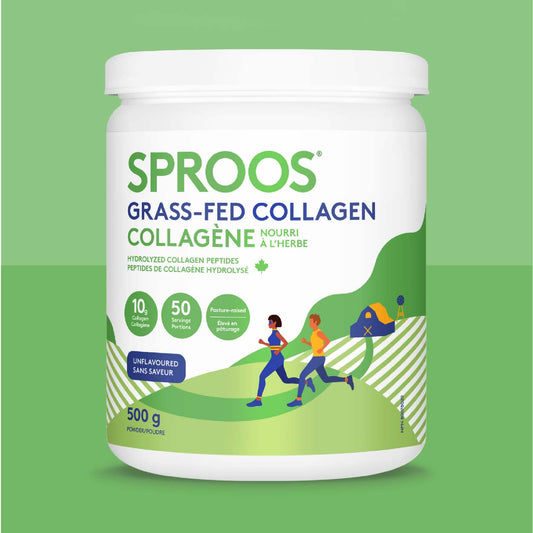

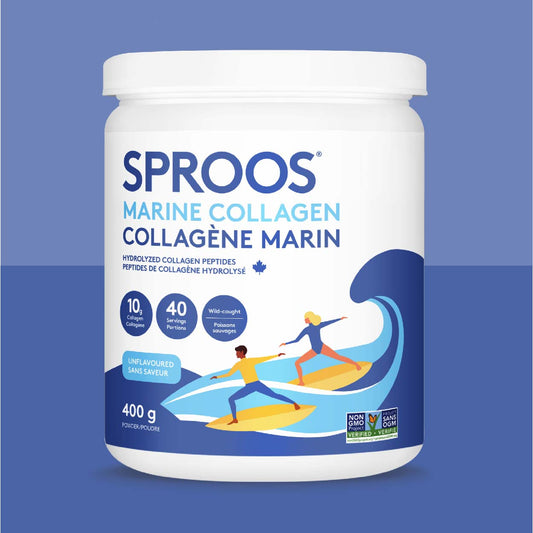
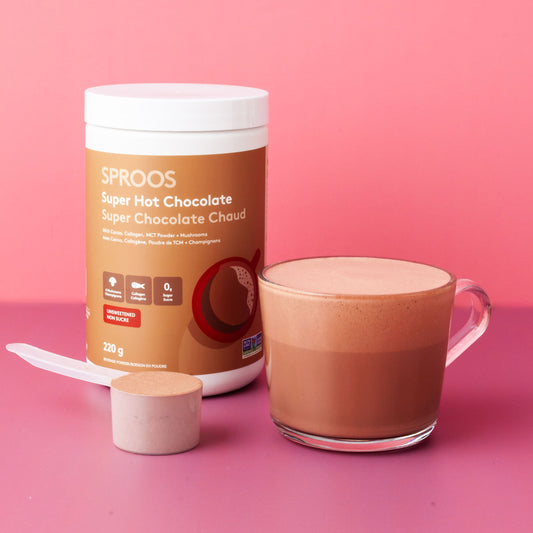

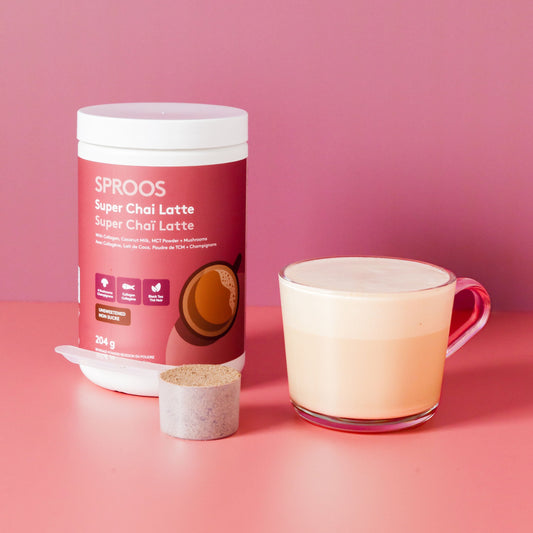
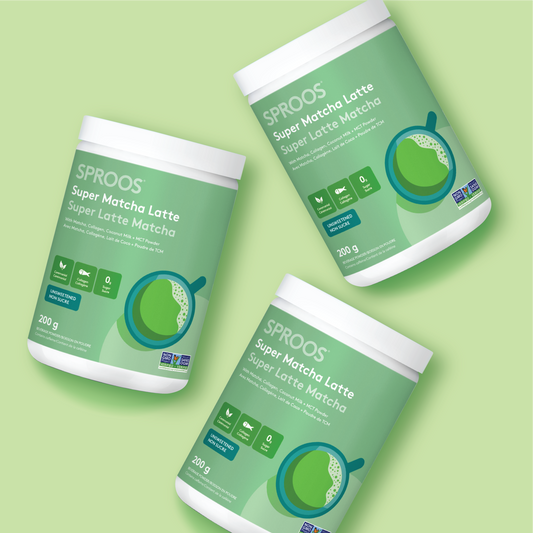

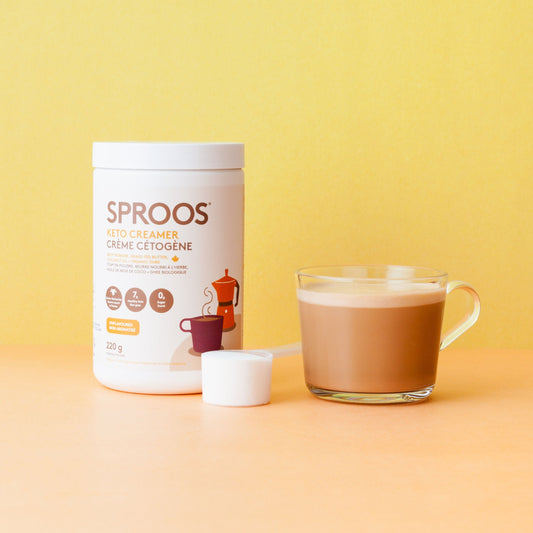
1 commentaire
Happy to support a Canadian product that is aiming to be sustainable and ocean friendly. Any chance you can up the ante and fill the 400g tubs up more fully instead of 1/2 full of your product? Or make the tubs smaller to reflect that actual amount of collagen powder inside? The customer price would increase to reflect the add’l product of course if you fill up the tubs, but you’d also be much more sustainable in your single use plastic use by reducing waste by 50%. That’s a lot when you’re paying for the raw plastic, producing bigger containers & shipping internationally when half is just air-space! Just a thought it would be great for you to consider. Thanks for listening.🇨🇦